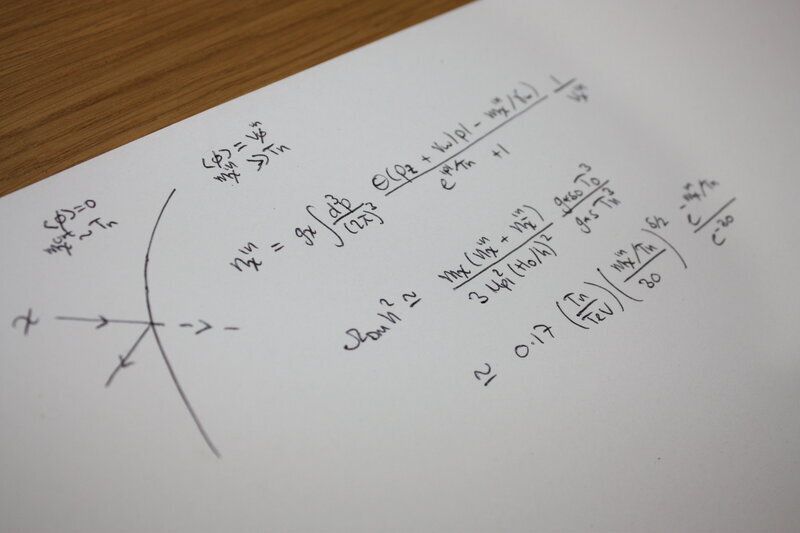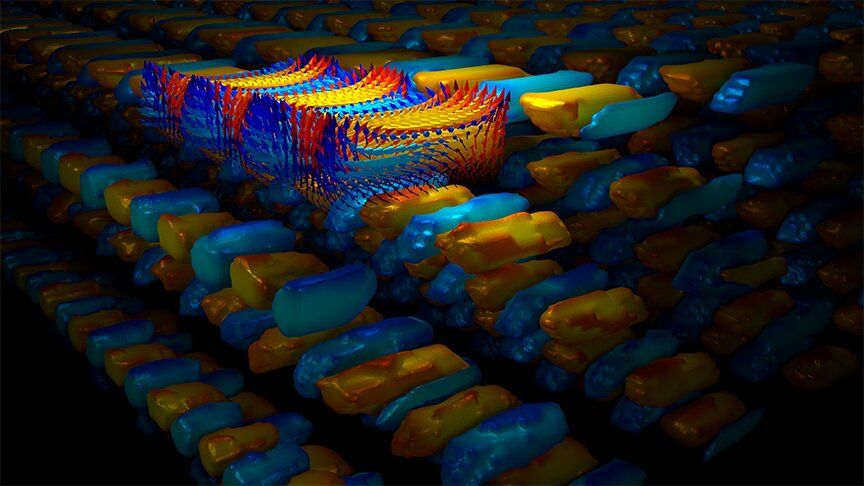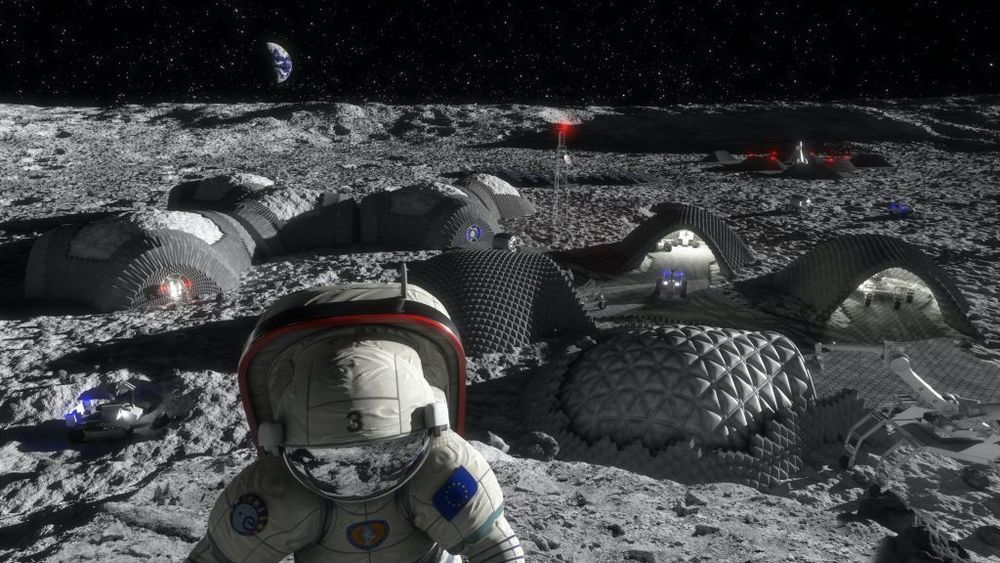Great new episode with the Smithsonian’s Jeremy R. Kinney. We discuss all aspects of how the seemingly mundane propeller drove the 20th Century’s revolution in aerospace and helped usher in an era of global warfare, travel, and trade.
Without the lowly propeller, global trade and commerce and freedom of movement as we knew it prior to Covid would have never had the opportunity to flourish. Special guest Jeremy R. Kinney, Chair of the Aeronautics Department at the Smithsonian Institution’s National Air and Space Museum in Washington, D.C., provides a fascinating narrative to how and why advances in aircraft propeller technology enabled aerospace to revolutionize global warfare, travel, and trade. Author of “Reinventing the Propeller,” Kinney and I discuss many underappreciated aspects of this aeronautical workhorse.




